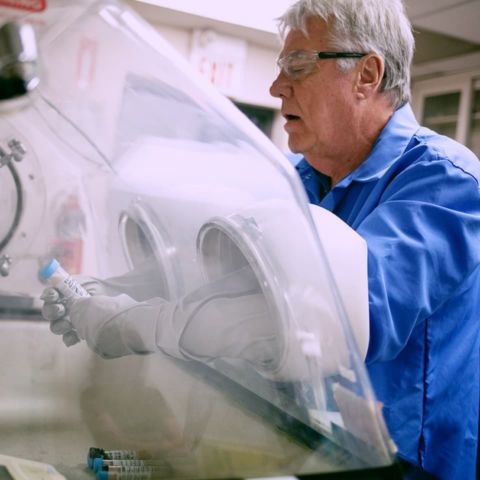Industrial Oxygen Generation
The separation of high-purity industrial gases is a specific process that is based on critical separation stages where a highly specialized molecular sieve is essential. The process uses the molecular sieve to produce high-purity oxygen from an air stream by adsorption of the basic components of the air.
Oxygen generation is necessary for glass production, steel manufacturing and mining as well as wastewater treatment facilities where it is necessary to have consistent, dependable, secure supplies of high-purity oxygen.
Industrial oxygen generation can apply to one of several areas:
Cryogenic separation is the term used for processes that involve air separation units (ASUs). In cryogenic air separation, the air is divided into its basic primary components of oxygen, nitrogen and other trace gases, including argon. This is accomplished by passing the air through the molecular sieve to remove carbon dioxide, water, nitrous oxide and small hydrocarbons and then passing that ultra-dry air stream into a cold box (i.e., at cryogenic temperatures) where the remaining components fractionate into ultra-pure forms of oxygen, nitrogen, argon and noble gases. It is essential that the molecular sieve is highly dynamic for impurity removal, possesses excellent adsorption and desorption kinetics and has excellent physical properties. Cryogenic separation is a method used to generate oxygen with a purity of greater than 99.9%.
Pressure swing adsorption (PSA) separation is another area of industrial oxygen generation. PSA technology takes advantage of the affinity of the components in the air for the molecular sieve under pressure. In PSA oxygen generation, the pressure is increased to a point where the nitrogen affinity for the molecular sieve is far greater than that of oxygen. The molecular sieve adsorbs the nitrogen, and an oxygen rich stream – up to approximately 95% purity – of air remains. The pressure is then decreased to release the nitrogen and effectively regenerate the bed so the process can be repeated.
Vacuum pressure swing adsorption (VPSA) takes advantage of the same technology as PSA; however, VPSA uses vacuum pressure, or the difference between atmospheric pressure and absolute pressure generated by a vacuum blower. The vacuum swing allows for maximization of the adsorption and desorption by taking advantage of the full isotherm curve for the lithium molecular sieve. The VPSA process is applied in production plants, skid-mounted units and medical oxygen units. It has the benefit of providing high-purity oxygen with a compact footprint and power savings compared to ASU and PSA.
